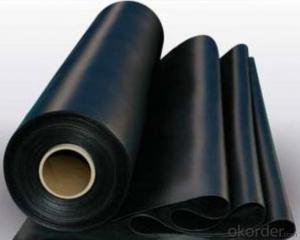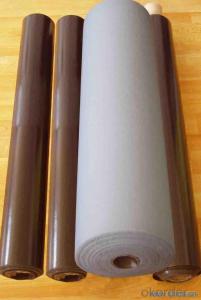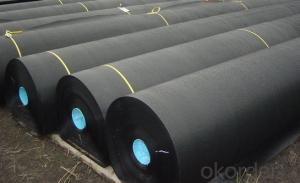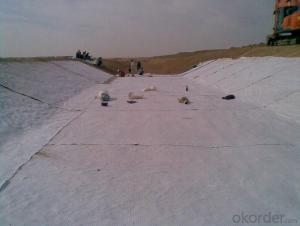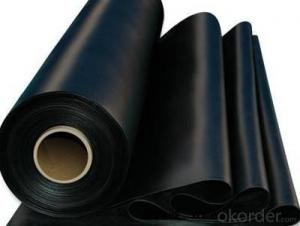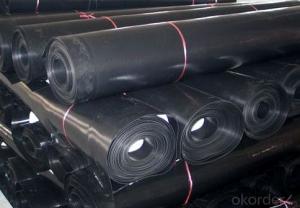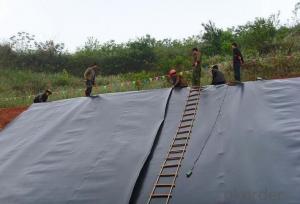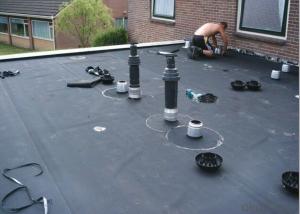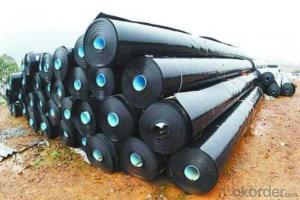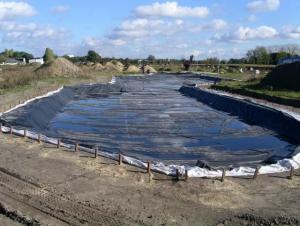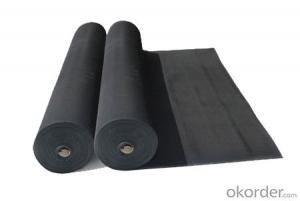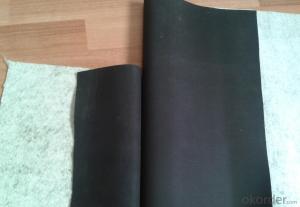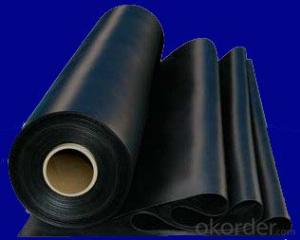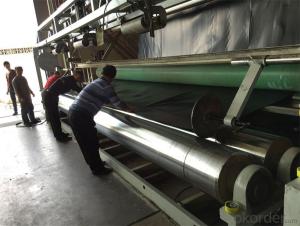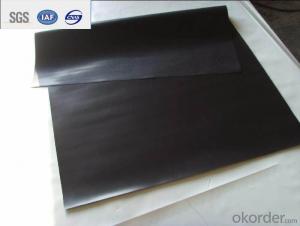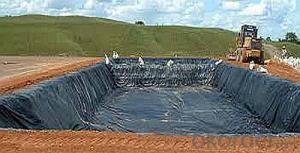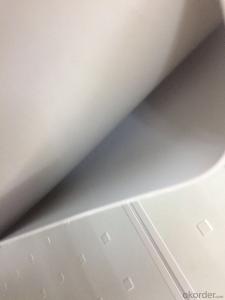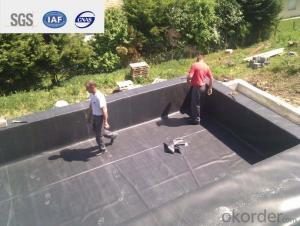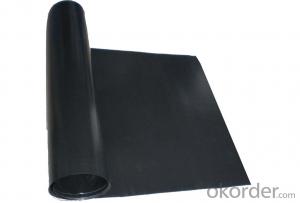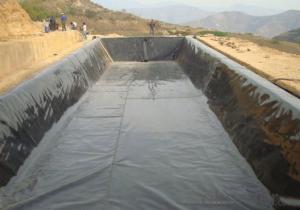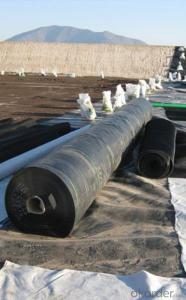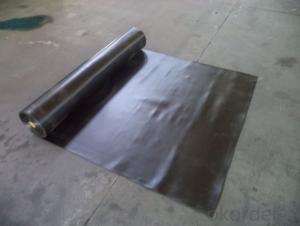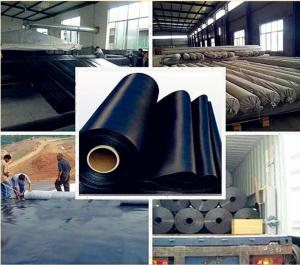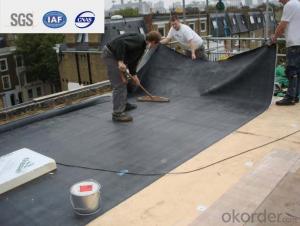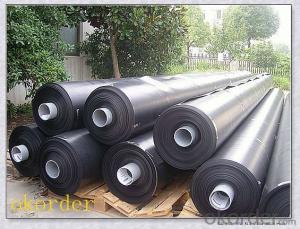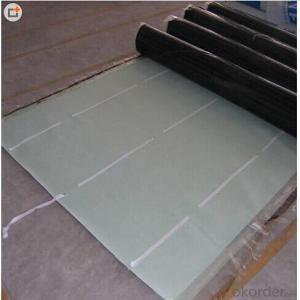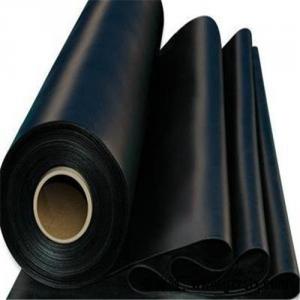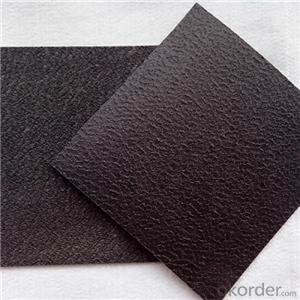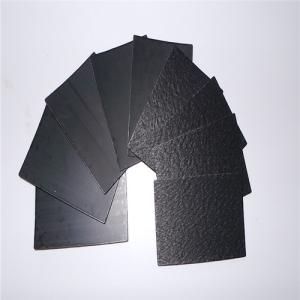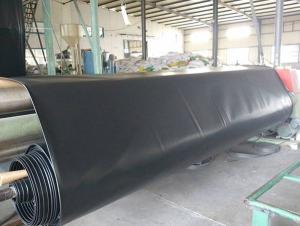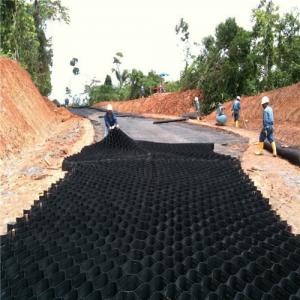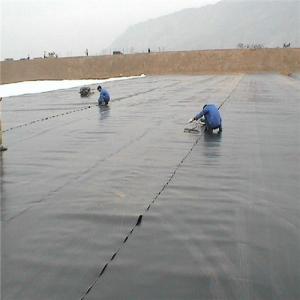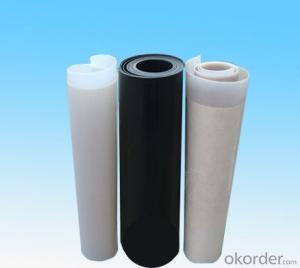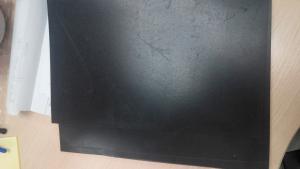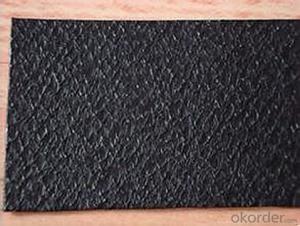Geomembrana 1.5 Mm Precio
Geomembrana 1.5 Mm Precio Related Searches
Geomembrana De 1 Mm Precio Precio Geomembrana Hdpe 1.5 Mm Geomembrana 1 Mm Geomembrana Hdpe 1 Mm Precio Precio De Geomembrana Precio De La Geomembrana Geomembrana Precio M2 Geomembrana Pvc Precio Cuanto Cuesta La Geomembrana Geomembrane Price Precio De Geomembrana Por M2 Geomembrana Precio Mexico Geomembrana De Pvc Precio Harga Geomembrane Harga Geomembrane Per M2 Geomembrana Hdpe 2 Mm Precio Geomembrane Cost Geomembrana Hdpe 1mm Rollo De Geomembrana Precio Precios De Geomembrana En Mexico Tanques De Geomembrana Precios Geomembrana Precio M2 Colombia Geomembrane Liner Price Harga Geomembrane Per Roll Geomembrana Precio M2 México Venta De Geomembrana Geomembrane Cost Per Square Foot Geomembrana 500 Micrones Estanques De Geomembrana Precios Geomembrane Liner CostGeomembrana 1.5 Mm Precio Supplier & Manufacturer from China
Geomembrana 1.5 Mm Precio is a high-quality geosynthetic material designed for various applications in civil engineering and environmental projects. This product is known for its excellent waterproofing and sealing capabilities, making it ideal for use in landfills, reservoirs, canals, and other similar structures where watertightness is crucial. The 1.5mm thickness of Geomembrana 1.5 Mm Precio provides a robust barrier against water infiltration and chemical contamination, ensuring the long-term integrity of the projects it is used in.The versatile nature of Geomembrana 1.5 Mm Precio allows it to be used in a wide range of scenarios, from agricultural to industrial applications. It is commonly employed in the construction of fish ponds, water storage facilities, and waste containment systems. Its durability and resistance to UV radiation, chemicals, and temperature fluctuations make it a preferred choice for projects that require a long service life with minimal maintenance. The product's flexibility also enables it to conform to uneven surfaces, providing a seamless and effective barrier.
Okorder.com is a reputable wholesale supplier of Geomembrana 1.5 Mm Precio, offering a large inventory to cater to the needs of various projects. As a leading distributor in the geosynthetics industry, Okorder.com ensures that customers receive high-quality products at competitive prices. Their extensive stock allows for quick turnaround times, ensuring that projects can proceed without delays due to material shortages. By partnering with Okorder.com, customers can benefit from their expertise in the field and access to a wide range of geomembranes, including the sought-after Geomembrana 1.5 Mm Precio.
Hot Products
